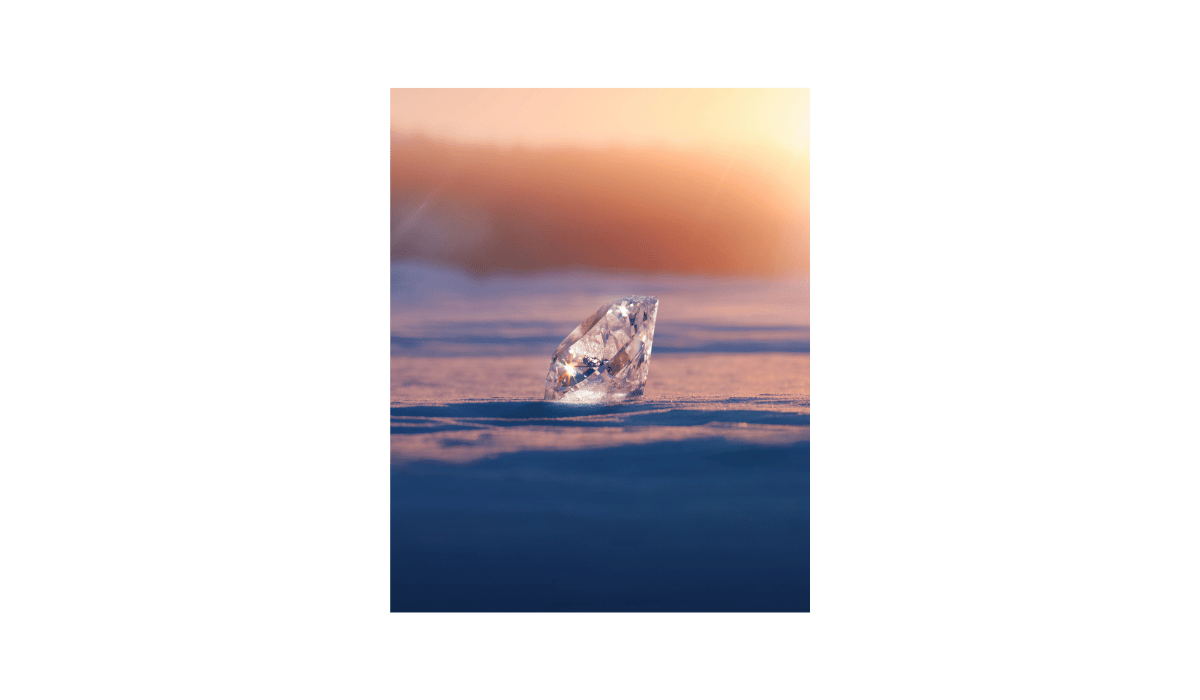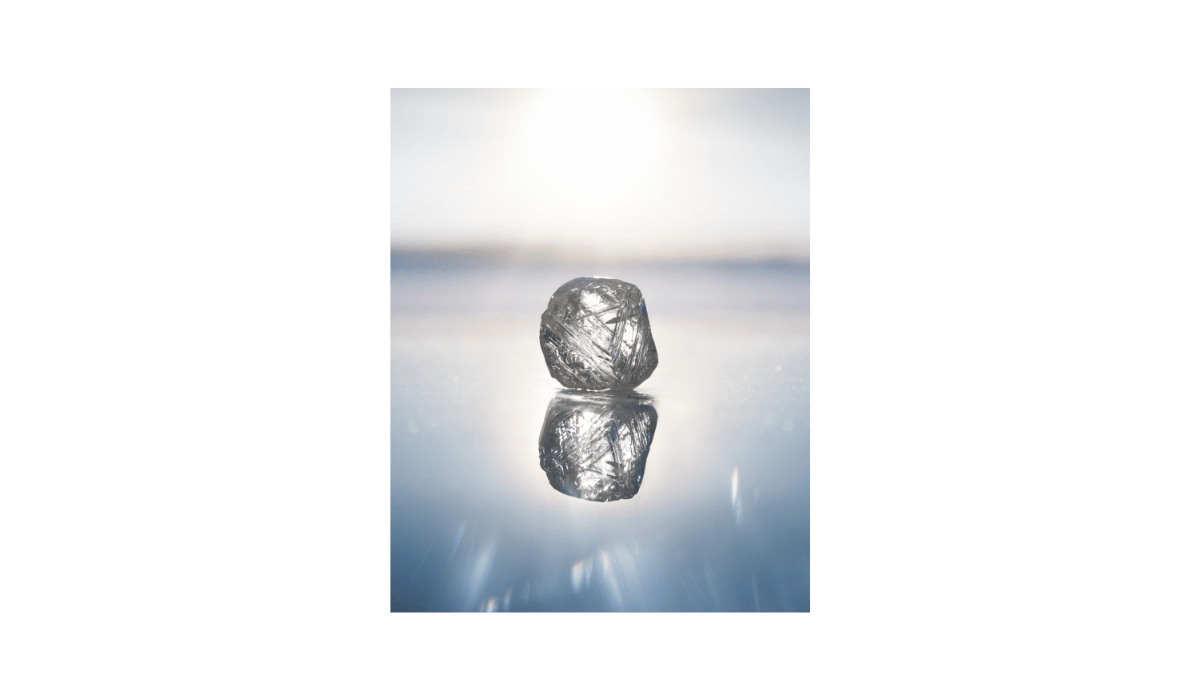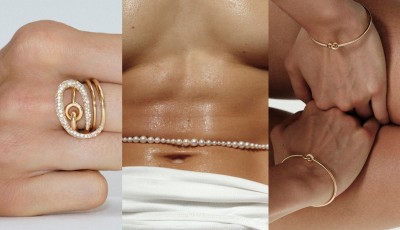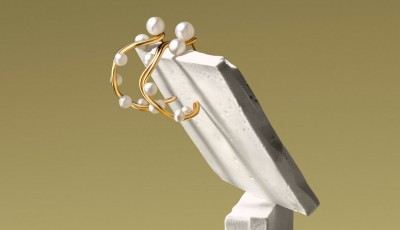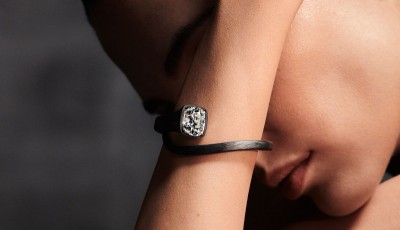The Lexicon of Diamonds Explained by Raluca Anghel
Head of External Affairs and Industry Relations at the Natural Diamond Council, she clarifies the correct terminology to use for both natural and synthetic diamonds, ensuring that consumers have the right tools to make an informed purchasing decision
Why is there a difficulty in creating the right terminology to better understand the diamond market, and more in general the jewelry market?
Clear diamond terminology exists already to guide audiences on what can and cannot be classified as a diamond, as well as how to refer to laboratory-grown diamonds. Across the world, there are now global standards and national legislative requirements, as well as advertising standards which must be followed by anyone selling these stones. Key points from all the standards are:
– The word 'diamond' used on its own always implies a natural diamond.
– Just three terms can be used to describe synthetic diamonds: ‘synthetic diamonds’, ‘laboratory-grown diamonds’ and ‘laboratory-created diamonds’.
– Terms like ‘natural, real, genuine and precious’ (which can be used for natural diamonds from the Earth), are forbidden in the marketing of laboratory-grown diamonds.
– ‘Man-made’, ‘cultured’, and ‘above-ground’ are not acceptable terms for laboratory-grown diamonds.
Examples of global standards include the “ISO 18323:2015 on consumer confidence in the diamond industry”. In addition, created by the World Jewellery Confederation (CIBJO) in consensus with global trade, the Diamond Blue Book records trade practices and nomenclature for the diamond industry throughout the world. The guidance is aligned with the ISO 18323:2015, and complements existing nations' fair trade legislation. In the absence of relevant national laws, this guidance can be considered as trading standard.
Going a step further, the French decree n°2002-65 and reviewed in 2023 includes guarantees to protect the consumer when it comes to the terminology that can be used in the trade of gemstones and pearls. As the French government deemed that there is no acceptable local translation of the English terms 'laboratory-grown' or 'laboratory-created', then only the use of the term ‘synthetic' is authorized.
"We don’t have a lot of consumers who see the differences between natural diamonds and laboratory-grown diamonds. Consumers need to understand these differences,” you said...
Shopping for diamonds can be an overwhelming experience, at the same time as a mesmerizing one. Consumers are often faced with conflicting information and a vast amount of knowledge to absorb about a complex product. This is why retailers and other consumer-facing organizations must provide clear and transparent information on natural diamonds, and if required, laboratory-grown diamonds.
A laboratory-grown diamond, also called a synthetic diamond or laboratory-created diamond, is a manufactured product, a technological fantastic creation, that mimics the physical characteristics and optical properties of a natural diamond and is mass-produced in factories, located primarily in China, India and Singapore in a matter of days or just a few weeks.
Natural diamonds are formed deep within the earth billions of years ago and brought to the surface through prehistoric volcanoes, these finite and unbreakable natural wonders are the oldest and hardest thing we will ever touch. Through their formation and nature’s creative ingenuity, every natural diamond is unique. Such timeless traits and their finite existence render natural diamonds’ intrinsic value precious and unparalleled, the ultimate symbol of love, power, celebration, and heirloom for centuries.
Every natural diamond today is brought to consumers by a highly regulated industry where there is a deep and demonstrable commitment to utmost care, skill and humanity in the ethical sourcing and journey of the diamond. The positive impact is seen in the beneficiation of over 10 million people worldwide. Up to 80 per cent of rough diamond value remains with local and indigenous communities in the form of local purchasing, employment benefits, social programmes, healthcare and investment in infrastructure.
Consumers have to be presented with these differences, in addition to being explained the pricing trends. Prices for laboratory-grown diamonds have been falling for almost a decade. As an example, data from analyst Paul Zimnisky, who has tracked prices for a sample of laboratory-grown stones for the last 9 years, shows that the price of a 1.5ct stone has fallen every year since 2015 and is now 83% less than it was in 2015, from $10,750 in mid-2015 to $1,805 in mid-2024.
What is the mission of the Natural Diamond Council (NDC)?
The Natural Diamond Council is an international not-for-profit organization dedicated to driving generic marketing for natural diamonds and protecting their integrity. Our role is to communicate to consumers the value of natural diamonds and the stories they spark, celebrating these beautiful creations for generations to come. We work closely with diamond mining companies, designers, retailers, and other industry stakeholders to promote responsible practices and deliver a clear message about natural diamonds.
We do so through our website wwww.naturaldiamonds.com, which gathers 280k unique visitors per day, our social media presence (@onlynaturaldiamonds), printed magazine, advertising campaigns featuring our global ambassador, actress Lily James.
We also provide retailers and consumer-facing organizations marketing materials as well as education and factual reports to be able to share the beautiful story of natural diamonds with their own consumers.
Can you tell us about your latest campaign?
Our latest campaign features actress Lily James in the Northwest Territories in the sub-Arctic region of Canada where the oldest diamonds in the world can be found. While commercial diamond deposits were discovered in Canada just over 40 years ago, the country is now the 3rd largest diamond producing country in the world.
Working closely with governments, local communities and indigenous peoples, diamond mining companies are optimising socio-economic contribution, environmental stewardship, and stringent health and safety culture. All these are featured in clips and ads that we put at the disposal of retailers and brands, as well as pushed on all platforms.
The campaign celebrates the unique, timeless and ancient beauty of Earth’s finite natural wonder, and the responsible practices inherent to the natural diamond industry.
Clear diamond terminology exists already to guide audiences on what can and cannot be classified as a diamond, as well as how to refer to laboratory-grown diamonds. Across the world, there are now global standards and national legislative requirements, as well as advertising standards which must be followed by anyone selling these stones. Key points from all the standards are:
– The word 'diamond' used on its own always implies a natural diamond.
– Just three terms can be used to describe synthetic diamonds: ‘synthetic diamonds’, ‘laboratory-grown diamonds’ and ‘laboratory-created diamonds’.
– Terms like ‘natural, real, genuine and precious’ (which can be used for natural diamonds from the Earth), are forbidden in the marketing of laboratory-grown diamonds.
– ‘Man-made’, ‘cultured’, and ‘above-ground’ are not acceptable terms for laboratory-grown diamonds.
Examples of global standards include the “ISO 18323:2015 on consumer confidence in the diamond industry”. In addition, created by the World Jewellery Confederation (CIBJO) in consensus with global trade, the Diamond Blue Book records trade practices and nomenclature for the diamond industry throughout the world. The guidance is aligned with the ISO 18323:2015, and complements existing nations' fair trade legislation. In the absence of relevant national laws, this guidance can be considered as trading standard.
Going a step further, the French decree n°2002-65 and reviewed in 2023 includes guarantees to protect the consumer when it comes to the terminology that can be used in the trade of gemstones and pearls. As the French government deemed that there is no acceptable local translation of the English terms 'laboratory-grown' or 'laboratory-created', then only the use of the term ‘synthetic' is authorized.
"We don’t have a lot of consumers who see the differences between natural diamonds and laboratory-grown diamonds. Consumers need to understand these differences,” you said...
Shopping for diamonds can be an overwhelming experience, at the same time as a mesmerizing one. Consumers are often faced with conflicting information and a vast amount of knowledge to absorb about a complex product. This is why retailers and other consumer-facing organizations must provide clear and transparent information on natural diamonds, and if required, laboratory-grown diamonds.
A laboratory-grown diamond, also called a synthetic diamond or laboratory-created diamond, is a manufactured product, a technological fantastic creation, that mimics the physical characteristics and optical properties of a natural diamond and is mass-produced in factories, located primarily in China, India and Singapore in a matter of days or just a few weeks.
Natural diamonds are formed deep within the earth billions of years ago and brought to the surface through prehistoric volcanoes, these finite and unbreakable natural wonders are the oldest and hardest thing we will ever touch. Through their formation and nature’s creative ingenuity, every natural diamond is unique. Such timeless traits and their finite existence render natural diamonds’ intrinsic value precious and unparalleled, the ultimate symbol of love, power, celebration, and heirloom for centuries.
Every natural diamond today is brought to consumers by a highly regulated industry where there is a deep and demonstrable commitment to utmost care, skill and humanity in the ethical sourcing and journey of the diamond. The positive impact is seen in the beneficiation of over 10 million people worldwide. Up to 80 per cent of rough diamond value remains with local and indigenous communities in the form of local purchasing, employment benefits, social programmes, healthcare and investment in infrastructure.
Consumers have to be presented with these differences, in addition to being explained the pricing trends. Prices for laboratory-grown diamonds have been falling for almost a decade. As an example, data from analyst Paul Zimnisky, who has tracked prices for a sample of laboratory-grown stones for the last 9 years, shows that the price of a 1.5ct stone has fallen every year since 2015 and is now 83% less than it was in 2015, from $10,750 in mid-2015 to $1,805 in mid-2024.
What is the mission of the Natural Diamond Council (NDC)?
The Natural Diamond Council is an international not-for-profit organization dedicated to driving generic marketing for natural diamonds and protecting their integrity. Our role is to communicate to consumers the value of natural diamonds and the stories they spark, celebrating these beautiful creations for generations to come. We work closely with diamond mining companies, designers, retailers, and other industry stakeholders to promote responsible practices and deliver a clear message about natural diamonds.
We do so through our website wwww.naturaldiamonds.com, which gathers 280k unique visitors per day, our social media presence (@onlynaturaldiamonds), printed magazine, advertising campaigns featuring our global ambassador, actress Lily James.
We also provide retailers and consumer-facing organizations marketing materials as well as education and factual reports to be able to share the beautiful story of natural diamonds with their own consumers.
Can you tell us about your latest campaign?
Our latest campaign features actress Lily James in the Northwest Territories in the sub-Arctic region of Canada where the oldest diamonds in the world can be found. While commercial diamond deposits were discovered in Canada just over 40 years ago, the country is now the 3rd largest diamond producing country in the world.
Working closely with governments, local communities and indigenous peoples, diamond mining companies are optimising socio-economic contribution, environmental stewardship, and stringent health and safety culture. All these are featured in clips and ads that we put at the disposal of retailers and brands, as well as pushed on all platforms.
The campaign celebrates the unique, timeless and ancient beauty of Earth’s finite natural wonder, and the responsible practices inherent to the natural diamond industry.




